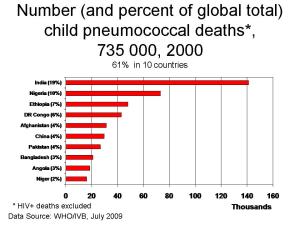In response to the Robin Hood Tax ad, which is one of the best campaigning ads I have seen for a while, I thought I would post some historically very effective political and advocacy ads. I’m also currently reading The Political Brain, by Drew Westen that looks at the role of emotions in political campaigning. It has been an eye-opening read, so this also gave me some inspiration for this post.
This list is by no means definitive and if anyone wants to send links to some campaigning ads, that would be great, I’d love to watch them.
This post will focus on a few advocacy ads, starting with the Robin Hood Tax ad that has been the focus of the media of late. It is a very simple ad, two voices, one face but plenty of emotion. Bill Nighy plays a leading banker who ends up squirming in response to the questioning about why a Tobin Tax shouldn’t be created. Squirming bankers is something that reverberates with a good portion of the public at the moment. This campaign plays to the slightly divergent emotions of good will and revenge brilliantly.
This next ad scares the heck out of me, although I’m not sure how effective it is. Shock ads, as I have written before, have the tendency to decline in effectiveness over time simply because of people being desensitized. I’m not sure anyone would be able to put themselves in this guys shoes, unless they have been in the same situation.
This shock ad from PlaneStupid, the organisation that focuses on climate change issues caused by the global aviation industry, is different from the previous one however. Shocking – yes. Disturbing – definitely. Effective – most certainly. Polar bears dropping from the sky crushing cars and smashing into buildings may seem like an odd choice, but it is actually very clever. The stance is that every person on a trans-Atlantic flight creates 400kg of carbon. Most people can’t conceptualize what that means however. A polar bear, which is also an icon of climate change devastation, is imaginable. Therefore this appeals to our sense of wanting to save these animals, horror at their gruesome deaths but it also puts our carbon footprint into a physical and understandable context. It was filmed in Canada, but it could be any city, again personalising the imagery.
The final ad is one that has screened on UK screens recently and was the subject of a number of complaints, but is far more subtle that the polar bear ad. Act on CO2 is a non-departmental government body that is the public face of the Government’s climate change policy. This ad simply shows a father telling a bed-time story to his child, but it is a story of the effects of climate change and includes drowning pets and other disturbing results of unabated climate change. But this ad is clever in the fact that it appeals on a personal level to adults and children. This ad scares children, hence the complaints, but it also contextualizes climate change for them ensuring they understand the potential of doing nothing. It also will frighten adults on a parental level – how can I let my child live in a world like this, what can I do to prevent it?
As I said, this isn’t a complete list, but it just a tester. I’d love your thoughts and if you want to send me other campaigns, feel free. I’ll post the political ad blog in the next couple of days.
Cross posted with Ruder finn Dot Comms.


Video to mark World AIDS day.
3 DecThis is a video I saw a few months ago, but it is still incredibly moving. Its just really, really well done.
Tags: AIDS, HIV, International Development, World AIDS day